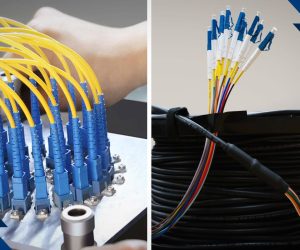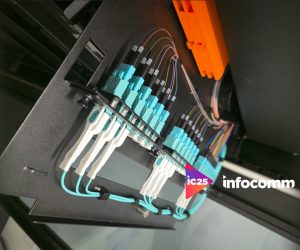
Termination: Out of Whack
The decline of percussive maintenance.
Text:/ Graeme Hague
With the ascendency of the digital age and disposable technology we’ve lost one of the most effective tools for repairing faulty equipment – percussive maintenance: a firm whack on the side of the device in question. This has fixed many, many things over the years such as television and radio reception, unwanted hums and buzzes in amplifiers, and it’s even prompted the occasional toaster to eject breakfast on time.
The smack on the side of the screen has become a thing of folklore – and is still a potent, standard gag for screen writers. Like when the latest, high-tech surveillance van is abruptly rendered useless at a critical moment thanks to an unidentified electronics glitch, however our heroes save the day in the nick of time with a timely calibrated-thump on the computer monitor and everything comes back to life. In fact, Han Solo forces the Millennium Falcon into warp speed by thumping the console – although to be fair that was a long time ago, in a galaxy far, far away and instant, interstellar travel must have been analogue. Still, you have to wonder just when future scriptwriters will draw a line in the sand of Tatooine and say, ‘Hang on, that can’t possibly work. It’s solid state electronics.’
SOLID STATE OF AFFAIRS
All this thinking comes about from spending several hours with a confirmed Marxist and old-school electronics technician. Henry is a tall, snowy-haired retiree who manages to sneak a few dollars past the tax man by fixing the unfixable. When it comes to repairing electronics, legend has it that if it can be repaired, Henry can repair it. He’s also an old-school guitar player who believes the only way to get the right tone out of a Marshall amplifier is to turn it up – a lot. Effects pedals and processors are for girly-men guitar players and lamington chefs. After a string of complaints from his band members saying their hearing aids were square-waving, Henry made a smaller amplifier from parts scrounged from defunct Marshall amps (something you’d never throw away) which he calls his ‘Partshall’. Sounds great, actually.
I had to bite the bullet and ask Henry if he would look at a guitar processor for me. The nearest genuine service centre is on the other side of the planet. The designers of this device in their wisdom had mounted a lithium battery directly to the circuit board – I might add it’s also the most obscure battery ever manufactured and took me hours of interweb searching to buy – and while I’ve knocked up the odd microphone cable in my time, soldering to and from a circuit board is beyond my skill-set. Plus, since I was going to take this gear deep into the lion’s den, I might as well ask Henry why the wah pedal wasn’t… well, wahing.
Here’s where weird, unbelievable stuff starts to happen. Modern technology gets a nod, because first Henry used the internet to find and print out a circuit diagram. But then he looked at this maze of squiggles and line – and understood it. Even more amazing, shortly afterwards he’s examining the circuit board itself and reading it like a mud-map to the nearest pub. It is a requirement, apparently, while electronics problems are identified, to mutter dark things about the political state of the country, complain about the sound engineer who deigned to put a microphone in front of Henry’s Marshall the week before rather than ask him to crank it up (it wasn’t me – I’ve known Henry long enough to know better) and also tell me the correct names of the band members from every rock group circa 1960 through to the mid-1970s… beyond that rock and roll has been largely disappointing.
“”
you have to wonder just when future scriptwriters will draw a line in the sand of Tatooine and say, ‘Hang on, that can’t possibly work. It’s solid state electronics
ASSAULT ON BATTERY
The lithium battery didn’t put up much of a fight as we discussed the gravity coal mine Henry grew up in and current pathetic, overly-administered OHS standards (all the coal processing was done downhill from the mine head, thus the rail trucks needed no train, just good brakes) and we had an ‘ah-ha!’ moment when Henry found a pesky transistor in the wah pedal circuitry, which he replaced from an ice cream box of scavenged bits. During this bit of surgery Henry explained that he was again fixing the unfixable and that printed circuit boards were originally never meant to be repaired, but completely replaced. The first PCB was commercial used in the 1960s. Nobody was supposed to care about individual components anymore. No one would ever again have to whack the side of any electronic equipment to make it work. It was all a very sad (solid) state of affairs.
Fortunately, people like Henry have been ignoring that concept for 50 years and fixing stuff, rather than throwing it away. So as a salute to old-school, Marxist, too-loud electronics technicians, the next time your digital console has a glitch, try giving it a solid smack on the side, just for old time’s sake. It won’t achieve anything except maybe make you feel better. Henry would approve, too.















RESPONSES